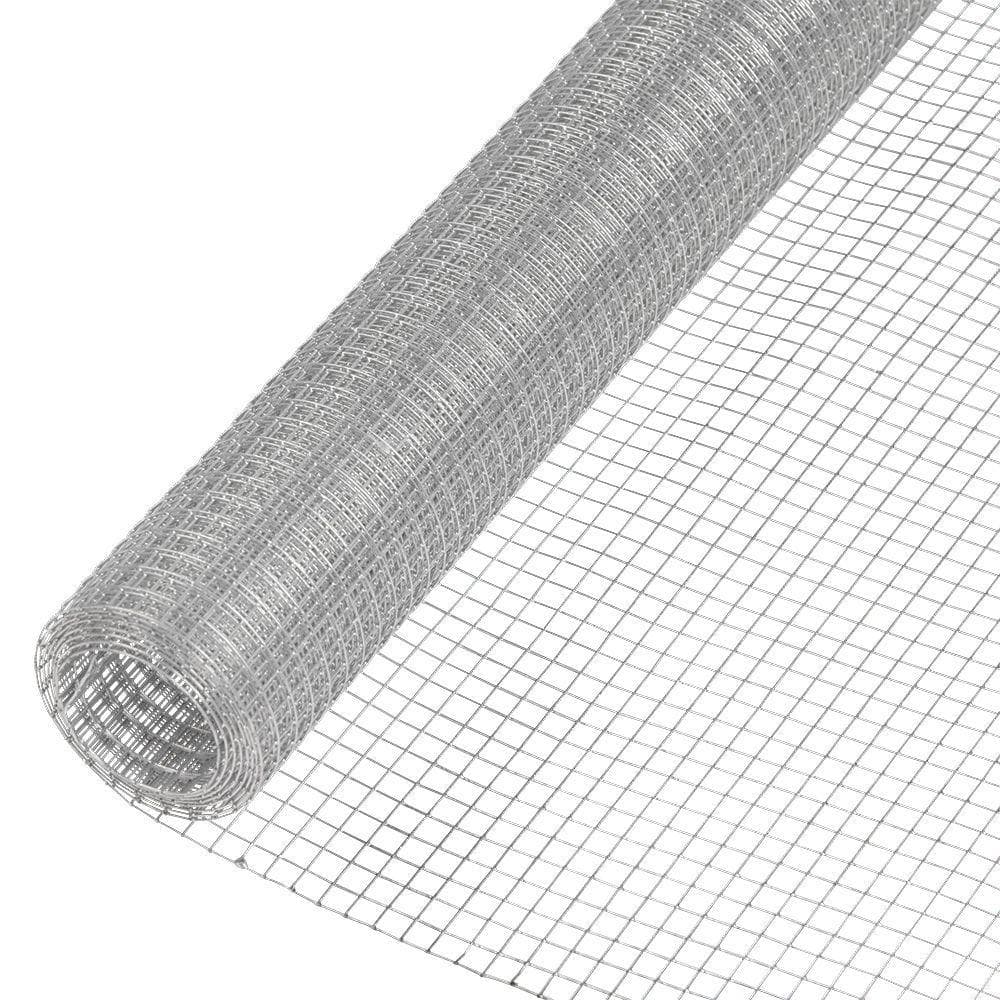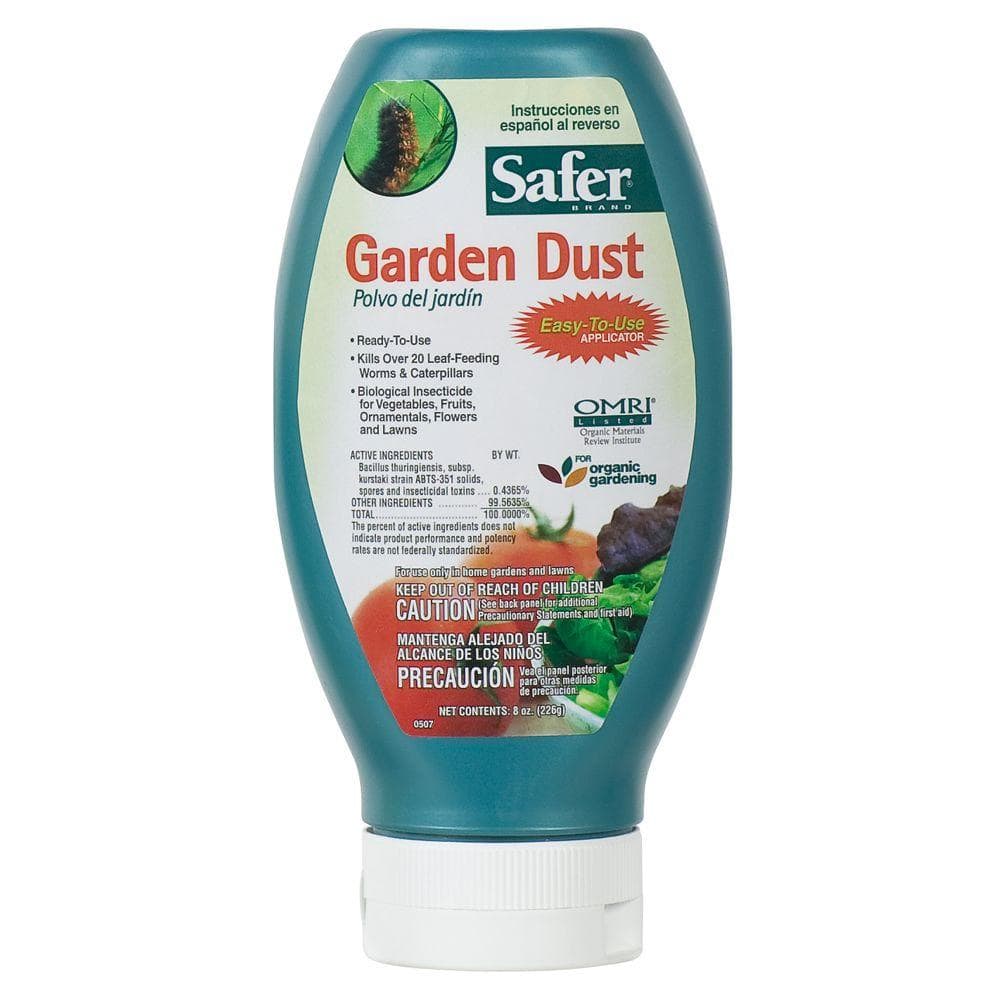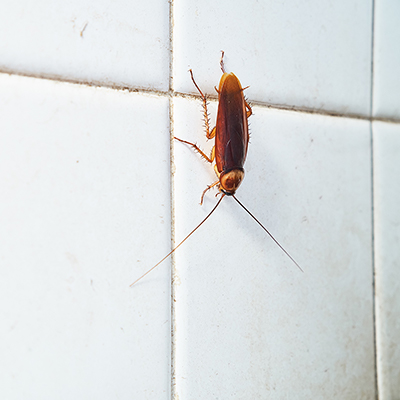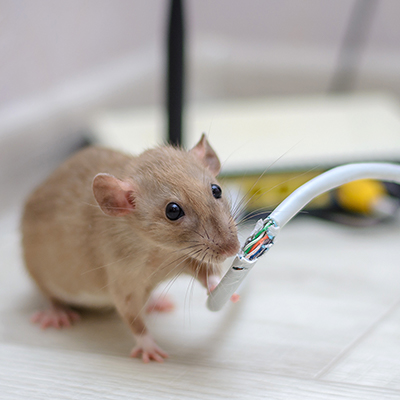How to Get Rid of Snakes
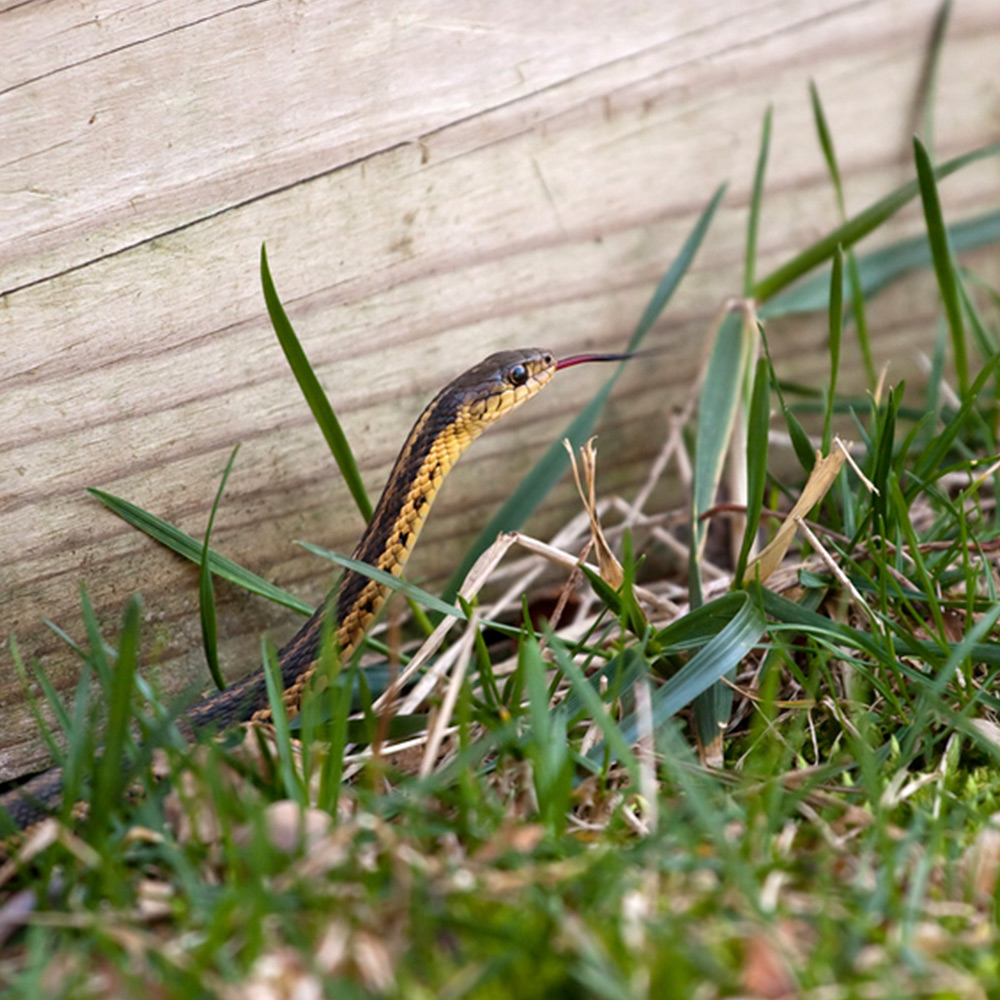
Last updated September 7, 2023
Snakes provide great benefit to the ecosystem when they prey on unwanted pests and rodents. While they do not transmit any known diseases to humans, they're not the most welcomed animal in and around the home.
A thought to keep in mind about snakes is that as reptiles, they want to eat and keep warm or wet. Keep them away by minimizing the appeal of places near the house like outbuildings, yards and the pool.
This guide will suggest methods on how to get rid of snakes and keep them away from your home.
Table of Contents
What Are Snakes Attracted To?
How to Get Rid of Snakes in the Yard
How to Get Rid of Snakes in Pool Areas
How to Prevent Snakes
How to Handle Snake Bites
Venomous vs. Non-Venomous Snakes
What Are Snakes Attracted To?

Most snakes do not want to be around people. They do, however, want to be in warm or damp spaces that feel like their natural habitat, especially as their hibernation process begins during fall months when weather cools.
A good way to keep snakes at bay is to make sure their access points into any structure that is warmer than the outdoors, such as a house, chicken coop, shed or barn, are barricaded or sealed completely off.
Inspect your house and outbuildings for spots and cracks where snakes can get in. When you find one, a drainage pipe for example, block the opening while keeping water moving by attaching a piece of galvanized screen or hardware cloth fencing that's 19-gauge in size or smaller (if available).
Snakes will go looking for their food source of mice, other smaller rodents, eggs or even chicks. Keeping rodent pests at bay and away from your property by use of rodent control or professional extermination decreases the incentive for snakes to invite themselves into a space where they are not wanted.
How to Get Rid of Snakes in the Yard
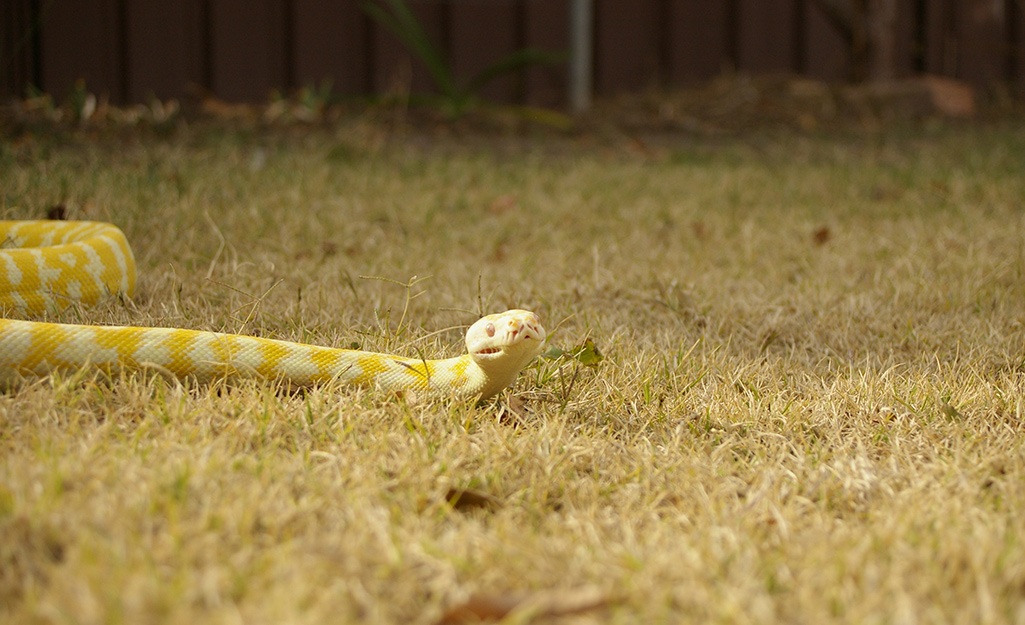
Follow these steps on how to get rid of snakes in the yard:
Snakes will sun their cold-blooded animal bodies but do not care to be exposed to the open for long. They will cross a lawn to get to a source of food, warmth or a perceived natural habitat like a damp pool area.
When you keep grassy areas and lawns cut down and back to minimal heights, those spaces become much less appealing to a snake. The snake will not want to be exposed and thus vulnerable in an open area for long. Chances are it will choose to crawl through more protective denser grass and growth to get to where it's going.
Snakes like to take shelter and will seek out hiding places. Think of anything placed on the ground as an easy entry point for the mostly ground-dependent snake. Keep random outdoor items snakes might hide in, things like coiled garden hoses and wood piles, as far off the ground as possible.
If you can safely manage the distance needed between you and it, a snake moving along the ground can be contained by dropping a trash can over it. Put bricks or stones on the top to secure the can in place. Then, if available, an animal control service can be called to remove the snake from the area for you.
While snakes are extrememly shy by reptile nature, and most, whether venomous or non-venomous, will immediately retreat from people and non-prey animals, not all do that every time. The venomous copperhead snake, for example, is found in low-growing ivy even in densely populated urban areas. When it is abruptly disturbed by a hand, foot or a pet's paw or nose, the copperhead will defend itself by biting rather than fleeing from a perceived threat.
Call an animal control service if you do not want to remove, kill or encourage a snake to go somewhere else. Always err on the side of extreme safety for the people and other animals nearby as you decide how best to get rid of an unwanted snake. Keep your distance from any venomous snake at all times.
How to Get Rid of Snakes in Pool Areas
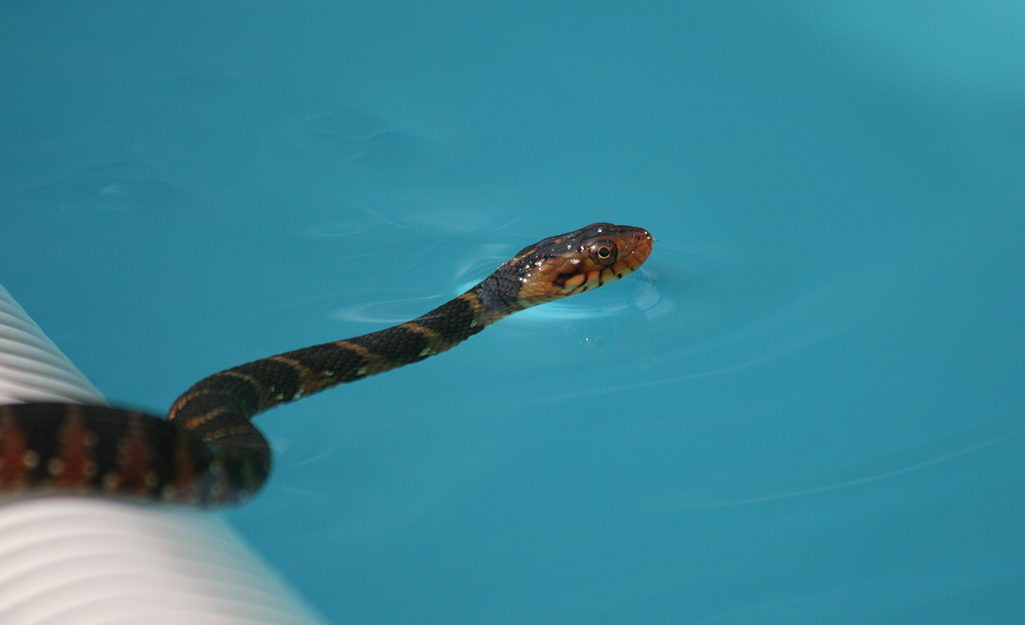
If snakes are indigenous to your region and you have an outdoor pool, never reach into a pool's vents and underwater containers without checking first for snakes hiding in them.
If you find a snake in a pool space, remove it humanely to dry ground with a long grappling hook. Sometimes the snake's fright from any surprise presence will send it bolting from the pool and away over the ground.
Always keep any snake as far away as possible from yourself and other people and pets if removing it with a pole or hook, especially if you don't whether it's venomous or not.
There is no fool-proof method to keep snakes out of or away from pools. The most effective thing you can do to keep them out is to install a fence or barricade around the pool that a snake cannot crawl through. The structure should have a solid bottom feature buried into the ground that includes a dense, mesh wall that's at least 4-feet high. Keep bushes and shrubs away from the fencing so the snake won't get over the fence by first climbing up through adjacent bushes.
How to Prevent Snakes

Snakes use their tongues to sense and perceive things. They don't really use smell as warm-blooded animals or mammals do for perception, so the common snake-repellant advice of tossing odorous mothballs onto the ground isn't effective. Some products used by professional exterminators, on how to keep snakes away, are effective but may be toxic to pets and people.
The best snake-repelling products are made of materials a snake does not want to feel on its skin. Hard, rough, uneven surfaces such as gravel, stones and coarse mulches will be unappealing to a snake, and will encourage it to relocate. It will not want to move along rough surfaces and will choose a smoother surface to traverse instead.
You'll learn how to keep snakes away by following these preventative steps.
How to Handle Snake Bites
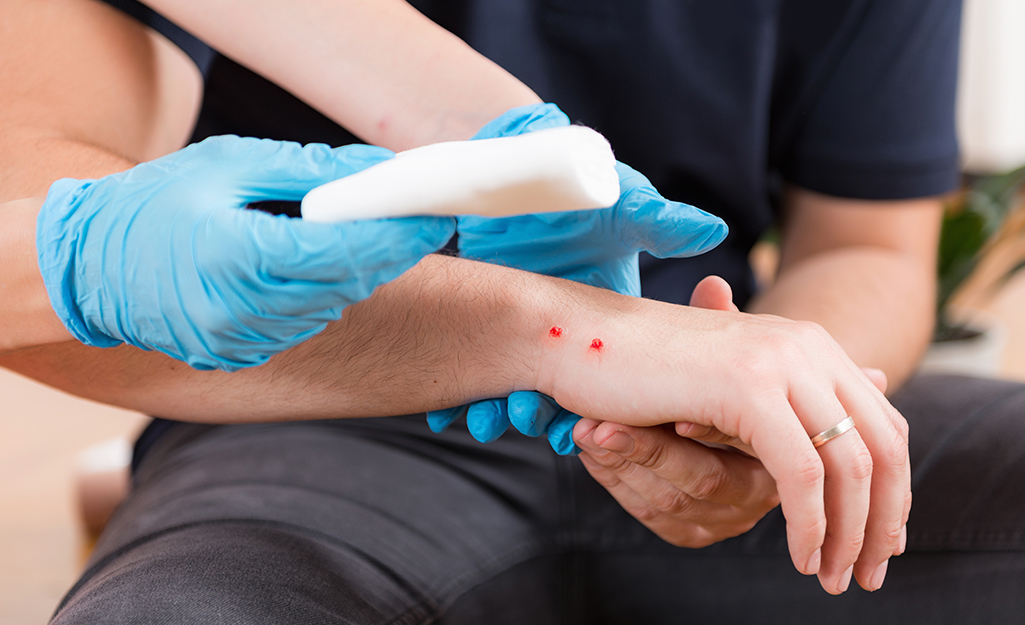
What do you do if you or a pet is bitten by a snake? Even if you're unsure if the snake is venomous or not, follow the steps below.
Call an ambulance. Venomous or not, a snake bite should always been seen as an emergency. It's always better to be safe than sorry. There's no time to wait it out.
Don't move, and try your hardest not to panic. If the snake is venomous, moving will make the venom spread quicker. The best thing you can do is remain immobile till help arrives. However, if the snake is still nearby, create distance between you and the animal.
Leave the snake alone. Do not try to figure out the kind of snake it is, as the hospital will be able to run tests to figure it out and how best to proceed.
If you're able, apply pressure to the bite wound. Even a t-shirt will do. But do not tie the t-shirt around the affected limb. And never wash, cut or suck the wound. These older methods do not help.
Venomous vs. Non-Venomous Snakes
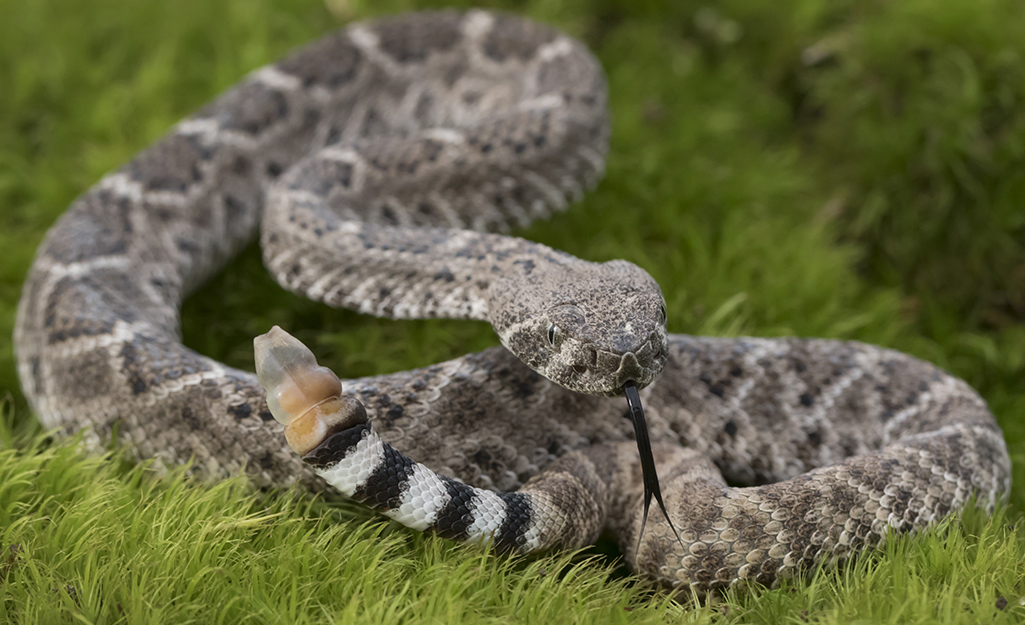
It's not always easy to tell the difference between a snake that's venomous and one that is not. However, there are a couple signifiers to be on the lookout for if you ever come across a snake.
- Pupils: Similar to the eye of a cat, most venomous snakes have pupils that are black, thin and vertical. Meanwhile, most non-venomous snakes have round pupils.
- Coloring: Sometimes coloring can signify if the snake is venomous or not. There's the old rhyme, red touch black, safe for Jack, red touches yellow, kills a fellow. This is not always true, so be sure to do proper research before assuming the worst.
- Head: Most venomous snakes have a more triangular head shape, whereas non-venomous snakes have a rounded head. Some venomous snakes can also be determined by the holes on their heads. However, seeing these may prove difficult.
- Behavior: This may be complicated for an untrained individual to notice, but certain venomous snakes exhibit specific behaviors. One of the most well-known and obvious is that of the rattlesnake, who will shake its tail to create a sound that sends out a warning.
To learn more about the nature and habits of snakes, consider visiting a zoo or local nature center. There you can see a snake in a semi-natural habitat. When you see what the snake does and how it moves, your personal observations can provide more insight when deciding what to do if they are found on your property.
And if snakes persist around your home, look into methods of snake control, snake spray, snake granules or call a professional to help.


